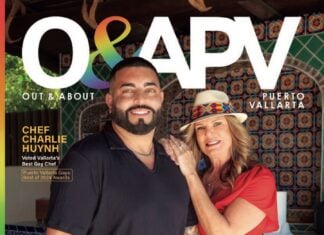Esta publicación también está disponible en: English Español
Stonewall, the night of June 28, 1969 in New York City was the beginning of a revolution that fights against prejudice, laws, governments, political parties and religions to make the LGBTQ+ community visible.
The spark that started the Stonewall riots was when Sylvia Rivera, a transgender woman, was 18 years old. She is dancing in a nightclub with her friends, when some police officers break into the place. Forcing attendees to show her documentation, and when Sylvia’s turn comes, the agent asks if she is a man or a woman. She is clear. She feels upset and tries to attack the agent. She and the rest of her friends are arrested for not wearing three pieces of men’s clothing according to their identification, something that the law dictates.
The people who frequented the Stonewall were transsexuals, transvestites, blacks and young people who were engaged in sex work. The vast majority were teenagers who had been kicked out of their homes by their families due to their condition.
Sylvia of Puerto Rican and Venezuelan descent would later become one of the most recognized activists of the trans collective. Sylvia attended the party at the Stonewall with her friend Marsha P. Johnson, another transgender woman who would become a tireless queer fighter that Saturday morning, June 28, 1969, along with Sylvia.

The Police unexpectedly burst into the premises, asking customers to form a line and take out their documentation. It seemed like a raid based on the usual pattern, so only those without documentation would be arrested. One of the police officers approached Sylvia and asked if she was a man or a woman. The police action surprised the Stonewall administration, which normally received a tip from the police and bribed them in the event of a raid.
The LGTBI collective responded to police repression by making fun of them and throwing the first thing they picked up at their bodies. The police were used to people being quiet, but they hit back. Gay, trans, and Latino people responded to something they normally didn’t respond to.

As a result, about thirty people entered the cells of the police station. The detainees had charges ranging from persecution for resisting arrest to disobedience.
The next day, riot police were lined up along Christopher Street from the Stonewall. The trans that starred in the previous evening began to sing a song and raise their legs, to which the riot police responded by throwing their batons over the ribs. However, unlike the night before, the crowd had grown considerably and was more difficult to control.
Wednesday night came, containers were set on fire and bottles were thrown at officers. By that day, the change was evident. Something different was palpable. Among the seventy-five people who demonstrated, two women emerged who began to walk together hand in hand, this meant that “the events of Stonewall had had their effect”.
What happened on the streets of New York in 1969 has gone down in history for the great mobilization of queer people demanding their rights to be treated with dignity.

This was the trigger for the LGBT community led by transsexual women to start marching in the streets to demand their rights. To this day, they continue to be commemorated in the framework of the celebration of the International LGBT Pride Day. Stonewall is a critical moment, it is very important because it broke with the establishment of keeping queer people hidden and they took to the streets to demand their rights, shout and celebrate.

Esta publicación también está disponible en: English Español













